By: Ricky vela Posted on Wed, 04-10-2023

In a healthcare setting, communication is of utmost importance. It plays a crucial role in determining a smooth dialogue between patients and healthcare workers. Owing to this crucial need to make communication between stakeholders easy, medical companies and clinics hire medical interpreters and medical translators. They make communication between medical stakeholders speaking different languages easy and hassle-free.
Although many people consider medical interpreters and translators to be the same, some differences distinguish the two from each other. Any person using the services of a medical interpreter or translator must be aware of the differences between the two.
Before we explore the differences between a medical interpreter and a medical translator, it is important to define an interpreter and translator.
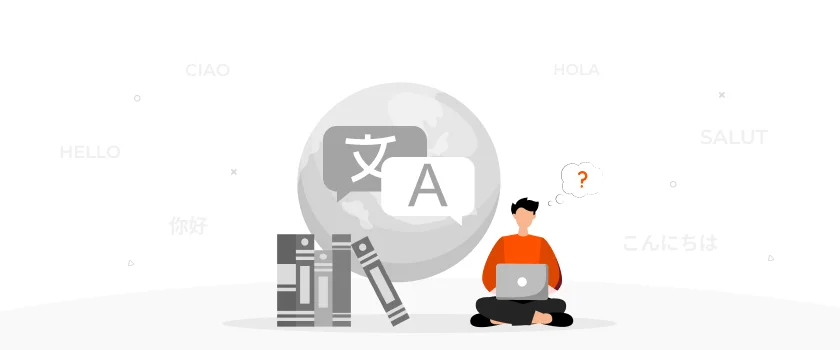
A translator is a person who converts written text from one language to another. If you have a document and you want to convert the contents of that document into another language, you will need the services of a translator. The translator will carefully analyze your document before converting it into your chosen language. He will then send the translated document to you in exchange for a translator fee.
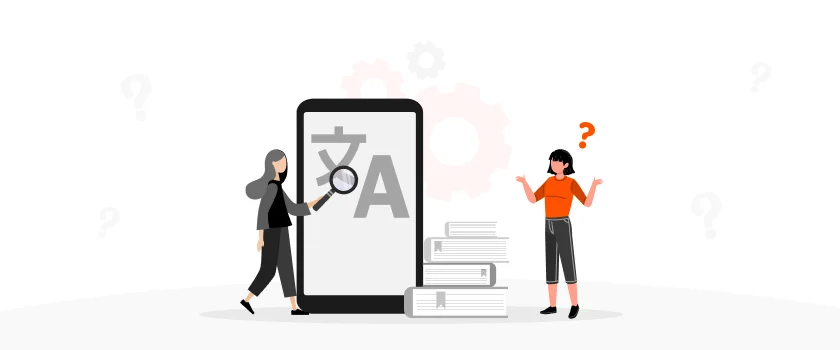
An interpreter is a person who converts oral speech from one language to another. If two parties that do not speak the same language need to converse with each other, they can hire an interpreter. He will bridge the communication gap. One party speaks to the interpreter in his native language, communicating what they want the other party to know. The interpreter listens closely and communicates the message to the other party in its native language. Thus, a dialogue takes place between parties with the help of an interpreter.

These are the reasons why the services of skilled medical translators and interpreters are so important:
Certified medical translation and interpretation both comprise one of the sensitive fields of translation–the healthcare field. Contrary to other fields and subjects, there is no chance or tolerance for mistakes and errors in healthcare. The reason for this is that an incorrect translation may harm the health or well-being of the parties and could lead to interventions such as surgery or the prescription of powerful medications associated with the risk of serious complications.
Due to the high sensitivity of the medical field, the translation and interpretation should be carried out by highly proficient people who can exercise a high degree of concern to ensure the quality of their work.
According to statistics, there is quite high demand for language interpretation in medical services. The reason is that there are approximately 45 million people in the US who do not speak English as their primary language while an additional 21 million people report that they do not speak English fluently.
The field of medical translation and interpretation has become more critical with the rise in global and worldwide migration. When a large number of people move from one country to another, medical services are one of the top services they need. They may also require health care, particularly in emergencies and the absence of a medical interpreter or a translator can spell trouble.
Until the onset of the COVID-19 pandemic, global tourism was accelerating and increasing every year. This global tourism could result in people becoming stranded in emergency rooms or finding themselves in medical situations where they are unable to comprehend or communicate in the local language. This is where the services of a medical interpreter come in.
One other opportunity for demand in healthcare translation and interpretation is medical tourism which has been on the rise owing to international flight connections and globalization as well as the need for international intervention in medical diagnosis and treatments.
Medical tourism occurs when people in countries with a high cost of healthcare, like the United States, choose to get medical services in countries where the quality of medical diagnosis is high, but the costs are much more affordable.
An example is the field of cosmetic surgery and dentistry as well as joint replacements, organ transplantation, and cardiovascular surgery. The medical tourism industry faces the problems of language and cultural gaps, which is why many hospitals and organizations associated with the medical field have medical interpreters available on call.
Simply put, the biggest difference between a medical interpreter and a medical translator is the medium–a medical interpreter works orally, while a medical translator works on written text.
Here are the differences between the two:
1. The difference in Roles:
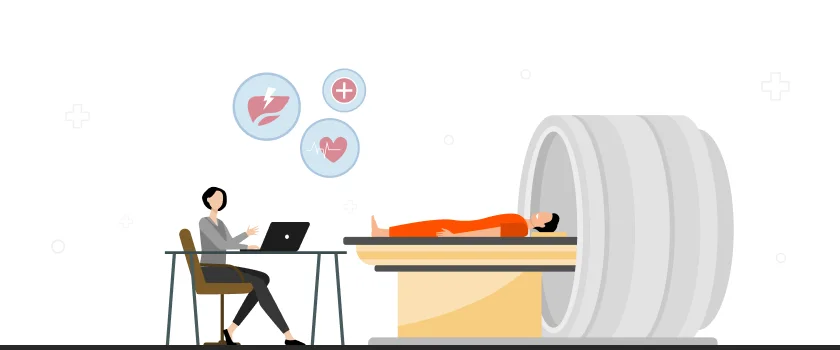
A trained medical interpreter is essential for maintaining communication in a healthcare setting. The right interpreter goes into the background of a conversation, allowing the two parties to converse easily with each other as if they were speaking the same language. To make this possible, an interpreter assumes the following roles during a communication session:
An interpreter is a channel of communication from one person to another, and this role as the “bridging channel” is the biggest role that an interpreter plays. The interpreter takes language from one party and interprets it in the target language. Likewise, a medical interpreter bridges the communication gap between a patient and a doctor or between two doctors who do not share the same language.
An interpreter often has to move to the role of a clarifier between the parties. He then has to confirm understanding and make a request. A medical interpreter is often required to explain the message from one party to another as it might involve a medical term that is difficult to understand by the other party. Often this happens when a doctor wants to describe an ailment to a patient. A medical interpreter clarifies and explains the terminology to the patient that would otherwise be difficult for him to understand.
The role of an “advocate” is probably the most controversial role that a medical interpreter can take. When relaying a medical treatment, procedure, or medicine to a patient, an interpreter should never assume the role of an advocate. He should not communicate while having an underlying bias. The reason is that the presence of any bias by an interpreter can have potentially life-threatening consequences.
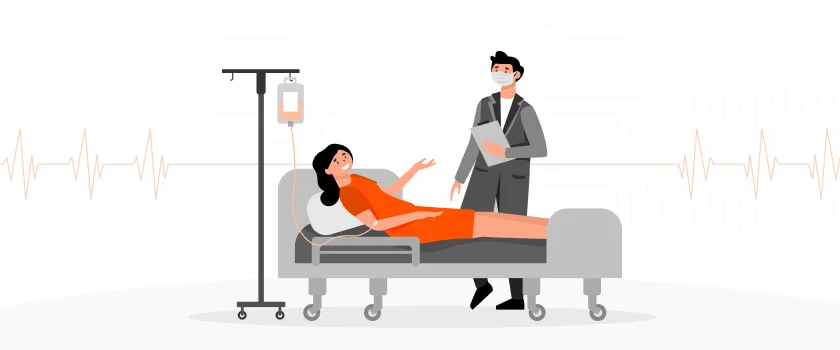
A medical translator is responsible for converting physician advice, diagnosis, written patient information, pharmacological instructions, and other related medical procedures from one language to another, often in a written form.
As opposed to a medical interpreter, a medical translator does not work through spoken word. He does not interpret from one language to another. A medical translator is only a channel to bridge the communication gap. He is not a clarifier or an advocate. A hospital’s translation is mostly concerned with files, notes, test results, and transcripts. A medical translator must translate all the information word for word, as closely as possible to the original text.
A medical translator has to play the role of a collaborator when undertaking the task of translation. The role of a medical collaborator is to convey the meanings and context of a medical text as closely as possible to the target party. For this, a medical translator needs to collaborate with doctors, medical experts, and even patients to convey the translation. This “collaborative” role also helps to ensure all the hard-to-understand information is communicated easily for comprehension.
In the process of translating an academic paper or an article, a translator has to work closely with his client. The translator has to clarify aspects of a source text when prompted by a client. For example, the translation of a medical condition that is hard to understand has to be done in a way that is easy to comprehend by all medical stakeholders. Since these interpreters are not medical translators, they are not responsible for translating the use or instructions to operate the equipment.
Unlike a medical interpreter, a medical translator is required to convey the necessary information in writing. Since they are not medical interpreters, they are not responsible for assisting a patient in the physician’s office. Instead, they are a “written liaison: between a company and healthcare professional or a patient and healthcare professional.
When working with a client or a company, a translator must closely communicate and collaborate with the other party to execute the task of translation effectively. In the case of a medical translation, a translator has to deal with a client and enquire about the query he has with the other party. For example, a medical translator communicates the need for a medical diagnosis to a healthcare professional and hence “deals” with the two parties.
2. The Difference in Skill Sets
There are profound differences between the skill sets of a medical interpreter and a medical translator. However, both of these people need to handle their tasks carefully to ensure patient safety and accurate medical collaboration.
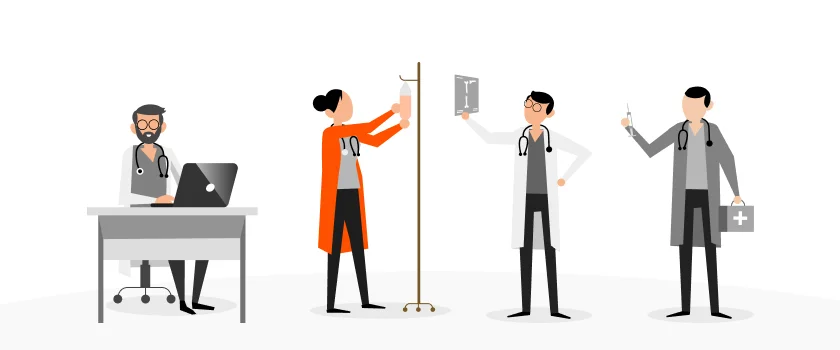
An interpreter should be skilled enough to read and comprehend instructions. However, writing and typing skills are not important for an interpreter. An interpreter must be fluent in the spoken languages they are supposed to interpret in, including every accent or dialect of those languages.
An interpreter is required to “speak” the translation of the dialogue between the parties. He must have excellent fluency in pronouncing the words and sounds as well as phenomes. A medical language uses many complex names, which are often hard to pronounce, such as the names of medicines or diagnoses. A medical interpreter must be able to comprehend and understand what is being communicated. He should have a clear grasp of pronunciation to be able to communicate the message to the other party so that no confusion or misunderstandings arise.
An interpreter is required to work in real time. This means he needs to convert speech from one language to another without breaking the flow of the conversation. The time constraint between an interpreter and a translator dialogue makes the job of a medical interpreter a very difficult one. This is so because he cannot refer to a medical dictionary or an encyclopedia when he gets confused about a particular word. Instead, an interpreter must possess a huge lexicon of vocabulary in each language. He should also have an adept mind to recall the meanings of words that he commonly encounters on the job.
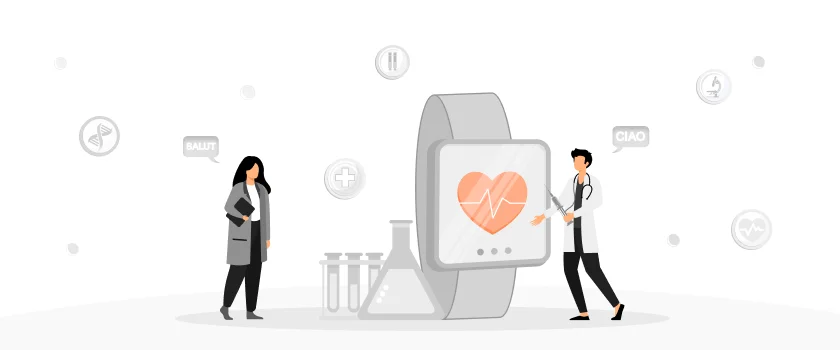
A translator must be strongly familiar with the written form of each language he translates. For example, languages do not use the same Latin alphabet found in the English script. The Arabic language uses cursive, joined letters which a translator needs to write from right to left instead of from left to right. There are also many nuances when a translator is required to join those letters, as some of the letters have multiple forms.
Translation involves adaptation and conversion from one language to another. This is best handled by a professional translator who knows how to translate accurately. A medical translator must be aware of all the medical terms and common names of diseases and medicines. In this way, we will be able to translate a medical diagnosis or file without any worry. Every language script is different and each has its idiosyncrasies. The task of the translation may become a difficult one. A skilled translator, however, would be experienced enough to handle translation, as he would also be skilled in writing the languages he is required to translate into.
3. The Difference in Educational Requirements
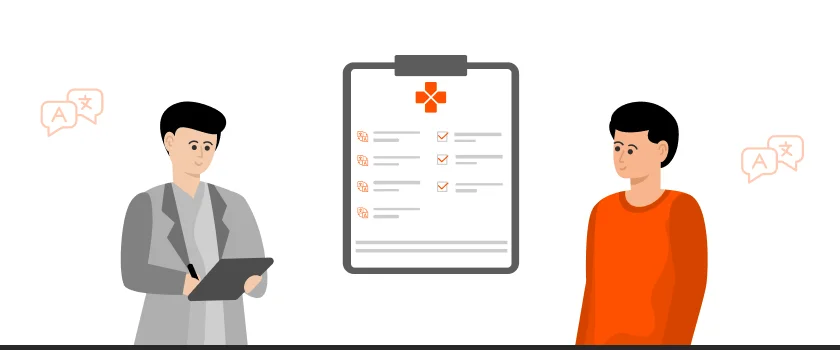

The field of medical sciences is complex and extremely sensitive. It requires utmost care and precision as far as translation and interpretation are concerned. A medical translator and interpreter both are tasked with the sensitive job of establishing communication between patients, healthcare workers, and medical organizations. That’s why they should leave no room for incorrect translation or misinterpretation. Failure to properly communicate could result in catastrophic outcomes for patients and all stakeholders.

Colorado is said to be one of the best places to do business because the business environment is very friendly
Read More
The global marketplace has become an attractive place for brands and businesses, where they strive to create a presence of
Read More
CAD, or computer-aided design and drafting (CADD), is the use of computer technology for design and design documentation. CAD software
Read More
Many global companies, foreign governments and Iranian are hoping to see an increase in investment in Iran after declaring the
Read More
Artificial intelligence has taken a big space in almost every industry. There is also a widespread acceptance that AI is
Read More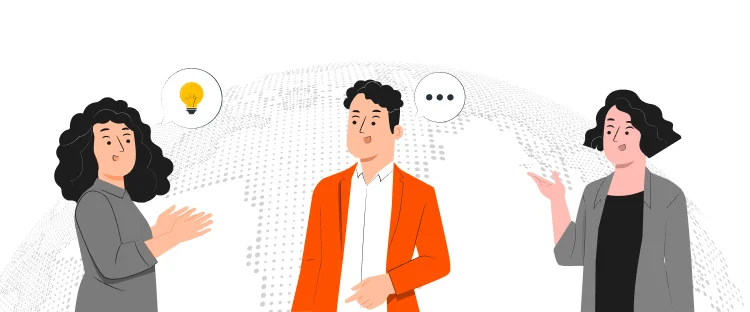
Persuasion is all about manipulating other people behavior. At first it might sound immoral but it doesn’t have to be.
Read More
Now days everyone is searching for good ideas for their company they wanted to be more creative, they wanted to
Read More
Technology has now much diverse roots in this age of development. Now it is not wrong to say, that you
Read More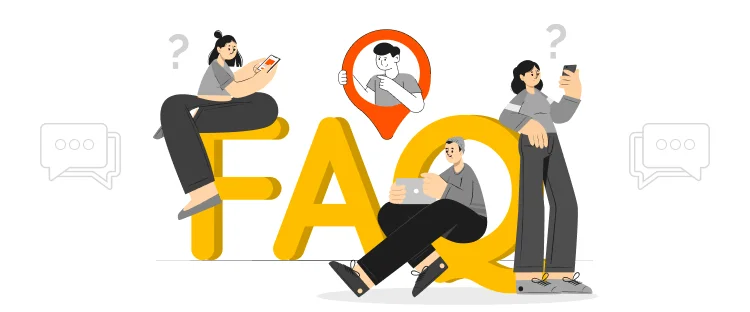
Localization is the practice of altering the functional properties of a product and also its characteristics. This is easily done
Read More


Document Translation
Professional document translation by native expertsApp Localization
Get more downloads by adapting your app for different target marketsVideo Translation
Multilingual translation and subtitling servicesWebsite Localization
Adapt your website into multiple contexts for global reachSoftware Localization
Adapt your software for global usersGame Localization
Reach new players with localized gameplayMTPE
Refine AI translations for natural fluencyBusiness Translation
Professional translation for business documents and websitesDTP & File Conversion
Professional DTP and File conversion, supporting multiple file formatsProofreading
Perfect your content with expert review© Copyright 2025 MarsTranslation